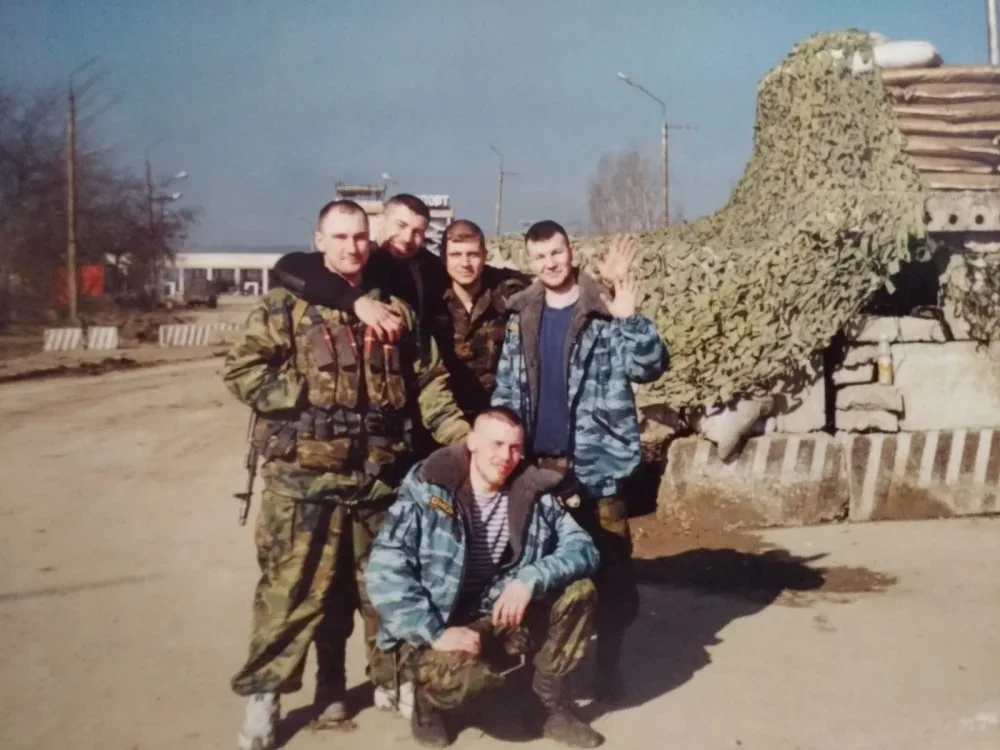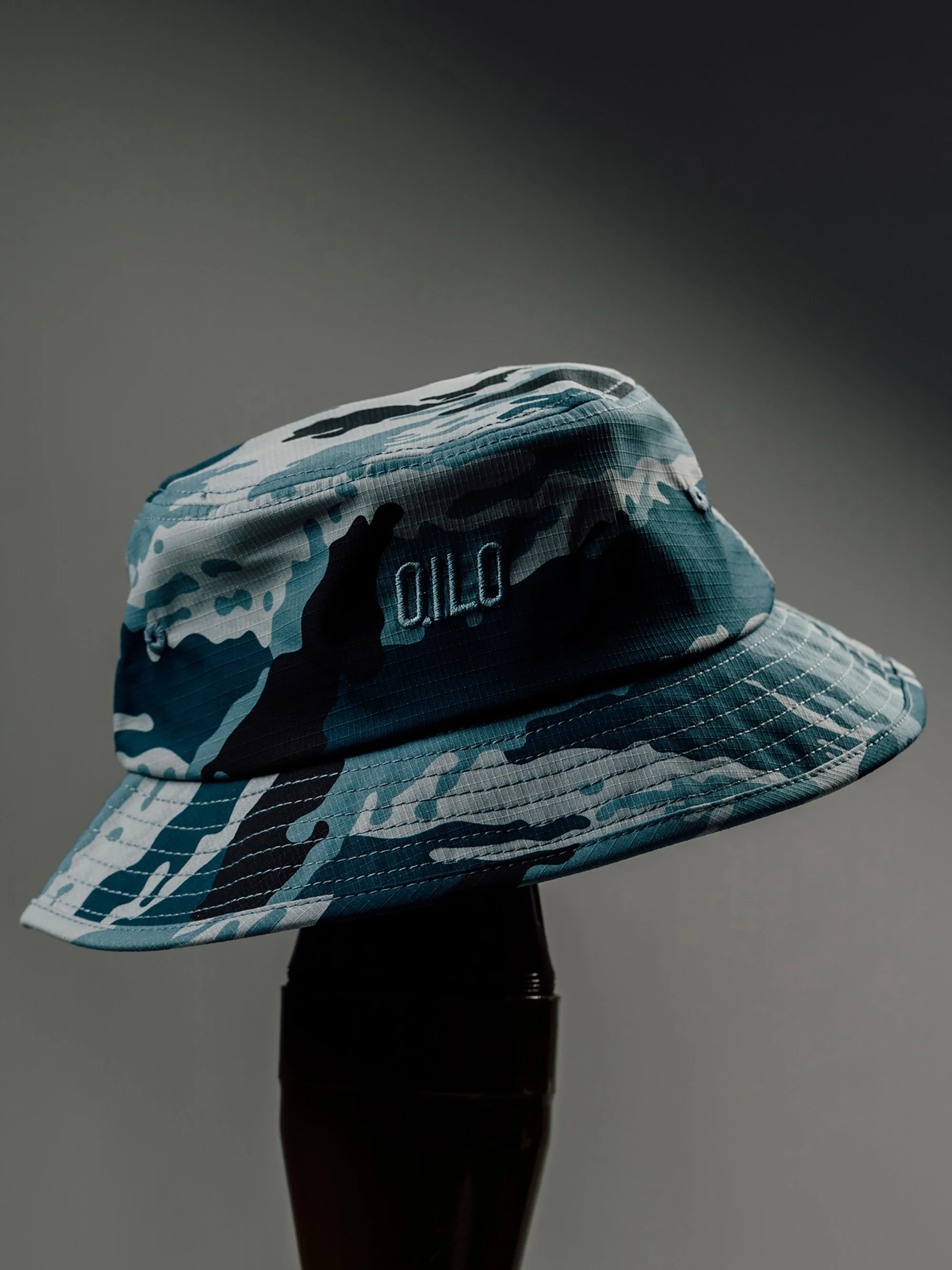BLOG: QILO "Eastbloc" Collection (Drops 8/22)
Once or twice a year, QILO looks eastward for design inspo. Historically we have done KLMK “Berezka” & SS Leto “Partizan” camos.
For the FINAL summer resort set collection of 2025, we have three all-new camo pattern debuting:
Russian Blue Kamysh
Bulgarian Splinter “Wetland”
Bulgarian Splinter “Arid”
Bucket Hats - 58 USD
Resort Shirts - 58 USD
EDC Shorts - 58 USD
Eastbloc collection drops 8/22
RUSSIAN BLUE KAMYSH
Following our successful exploration of Saudi “Blue” choco chip camo, we were curious about R&D toward another historically issued blue-tone camo pattern.
The Russian Blue Kamysh came onto our radar - having been notably used in the Second Chechen war.
From Camopedia:
“A Russian version of tiger stripe pattern was introduced circa 1993 in both a green and a blue (urban) colorway. Referred to in some period literature as the Piatnisto-fioletovoe obmundirovanie (spotted violet uniform) or PFO, the two designs are more commonly referred to as Kamush (Cane), or as Tigr (tiger) and Тень (Ten) (shadow).
The patterns were initially only worn by MVD OSN (Vitiaz) and OMON, but use has spread to a variety of special units of the MVD. Indeed, the tiger patterns have continued to be worn by Russian forces into the present period, making them one of the longest-lived MVD camouflage designs. Some variations in coloration have been documented, depending on the fabric and manufacturer.”
BULGARIAN “SPLINTER” CAMO
We really enjoyed the polygonal geometry and palette tones of WWII German Splittertarn camo - and clearly the Bulgarians did as well since they created & adopted variants of this pattern immediately post-war and issued throughout the duration of the Cold War.
The warm-toned variant that we are calling “Arid” was developed in the early 1950s.
It possesses a striking palette of reddish contrast over tans and browns:
Bulgarian Splinter “Arid”
The green-tan version of this pattern that we are calling “Wetland” was created in 1979.
It features a return to its WWII German roots - bearing a striking resemblance in color palette to the original Splittertarn, while adding squigly “raindrops” akin to East German Strichtarn pattern:













